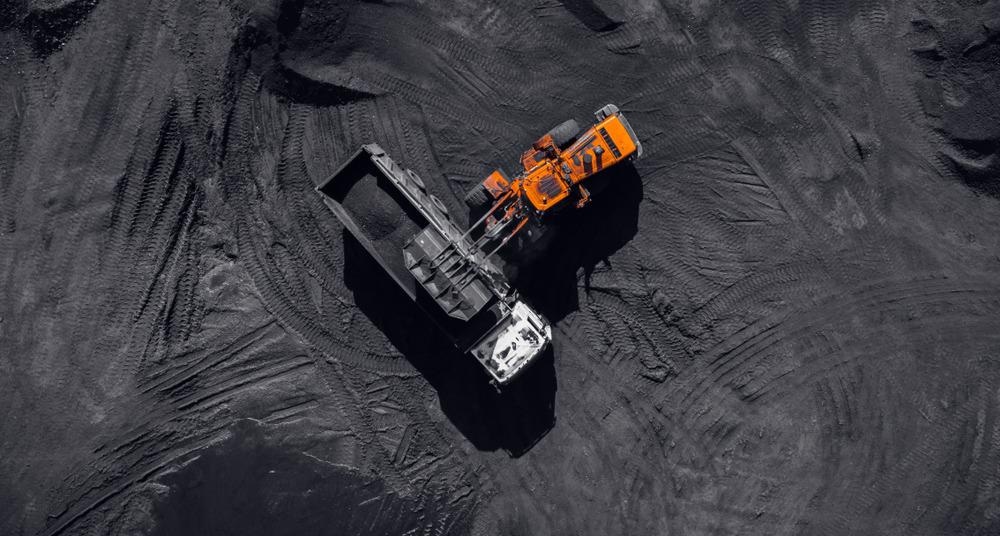Over the past decade, conversations around how the mining industry can reduce its contribution to global warming have become more intense. Currently, the industry is responsible for around 4-7% of global emissions (in terms of emissions relating to mining operations and power consumption), this figure increases to 28% when the emissions related to the actual combustion of coal are considered.

Image Credit: Parilov/Shutterstock.com
The 2015 Paris Agreement saw 195 countries commit to making changes to prevent global warming from surpassing 2.0 °C above preindustrial levels, although ideally no more than 1.5 °C above. To meet these goals, all industries are under pressure to adopt new innovations that enable them to reduce their carbon footprint. To date, the mining industry is seen as one sector that has generally been slow to adopt new technology and it remains one of the world’s largest carbon emitters.
Swedish engineering company Sandvik is spearheading the shift towards using sustainable mining technology and is championing mining electrification. Electrification in mining, if widely adopted by the sector, would help to significantly reduce mining emissions and help the industry achieve Paris Agreement goals.
The Benefits of Mining Electrification
Electrification of the mining industry is set to be one of the biggest shifts the industry has seen.
For several decades, the mining industry has relied on equipment fueled by diesel and equipment has long been designed with combustion engines, enforcing restrictions on the capabilities of the equipment given the size of these engines.
Mining infrastructure is forced to accommodate these large vehicles that release significant levels of greenhouse gas emissions. As a result, the industry suffers from huge inefficiencies related to the need for tunnel space, which adds to the costs of mining operations.
Switching from diesel-fueled equipment to electric offers the mining industry the chance to reduce its emissions and update and streamline its processes. Underground mining electrification will likely play a vital role in enhancing mining productivity and reducing costs as well as boosting its sustainability.
Sustainable mining technology will help the industry be more productive while providing a safer environment for staff. Underground mining electrification means that workers would be exposed to less noise and vibration, as well as fewer emissions in the air they breathe.
While making the move from diesel to electric offers a wealth of benefits to the mining industry, it is not a simple switch to make. To take full advantage of the benefits of mining electrification, mining companies must understand that the strategic plan of the mine should be reassessed. Phased implementation, with a flexible design, is vital to integrating electric equipment successfully in a cost-effective way. Electrification offers companies the chance to review their operations and highlight areas of inefficiency to be tackled when converting to electric. As a result, the industry will not only see reductions in emissions but lower overheads, higher productivity, enhanced efficiencies, and improved safety.
The Sustainable Mining Technology that will Help to Reduce Mining Emissions
Engineers at Sandvik have carefully considered the notion that converting from diesel to electric is not just a question of updating current equipment so that it can run on batteries or electric motors. Successful mining electrification requires the rethink of equipment and the infrastructure that supports it.
Sandvik highlights that when it designs electric mining equipment, it considers everything from how the equipment will work, what its “refueling” requirements will be, and how its needs will require different infrastructure.
Sandvik designs its electric mining equipment from the ground up, making it truly fit for purpose and allowing it to be as beneficial to sustainability and efficiency as possible.
To overcome the new challenge that electrification brings - recharging, Sandvik designed swappable batteries for its equipment that can be changed in a quick and easy way without high demands for new infrastructure.
The operator takes the equipment to the battery swapping bay where the depleted battery can be dropped out and a fully charged one can be picked up. A process that takes mere minutes and requires no extra equipment or specific heavy infrastructure. Sandvik’s electrified mining equipment was showcased at the 2021 MINExpo International®, where its new battery-electric truck, Sandvik TH550B, was launched.
The future of mining is electric, and companies such as Sandvik will be fundamental to facilitating the change from diesel to electric. The company’s innovative equipment solutions offer an easy way to adopt sustainable mining technology that will help the industry drastically cut its carbon emissions and play its part in helping the world meet the goals of the Paris Agreement.
Over the next few years, it is likely that we will see more mining operations adopt electric equipment, ushering in a new era in mining.
References and Further Reading
Advancing the world through engineering. [Online]. Sandvik. Available at: https://www.home.sandvik/en/about-us/
Lindsay Delevingne, Will Glazener, Liesbet Grégoir, and Kimberly Henderson. (2020). Climate risk and decarbonization: What every mining CEO needs to know. [Online]. McKinsey. Available at: https://www.mckinsey.com/business-functions/sustainability/our-insights/climate-risk-and-decarbonization-what-every-mining-ceo-needs-to-know
Mining – where electrification meets innovation. [Online]. TechCrunch. Available at: https://techcrunch.com/sponsor/sandvik/mining-where-electrification-meets-innovation/
Sandvik. (2021). Sandvik anticipates majority of its underground mining equipment sales could be electric by 2030. [Online]. PRNewswire. Available at: https://www.prnewswire.co.uk/news-releases/sandvik-anticipates-majority-of-its-underground-mining-equipment-sales-could-be-electric-by-2030-810921630.html
Disclaimer: The views expressed here are those of the author expressed in their private capacity and do not necessarily represent the views of AZoM.com Limited T/A AZoNetwork the owner and operator of this website. This disclaimer forms part of the Terms and conditions of use of this website.